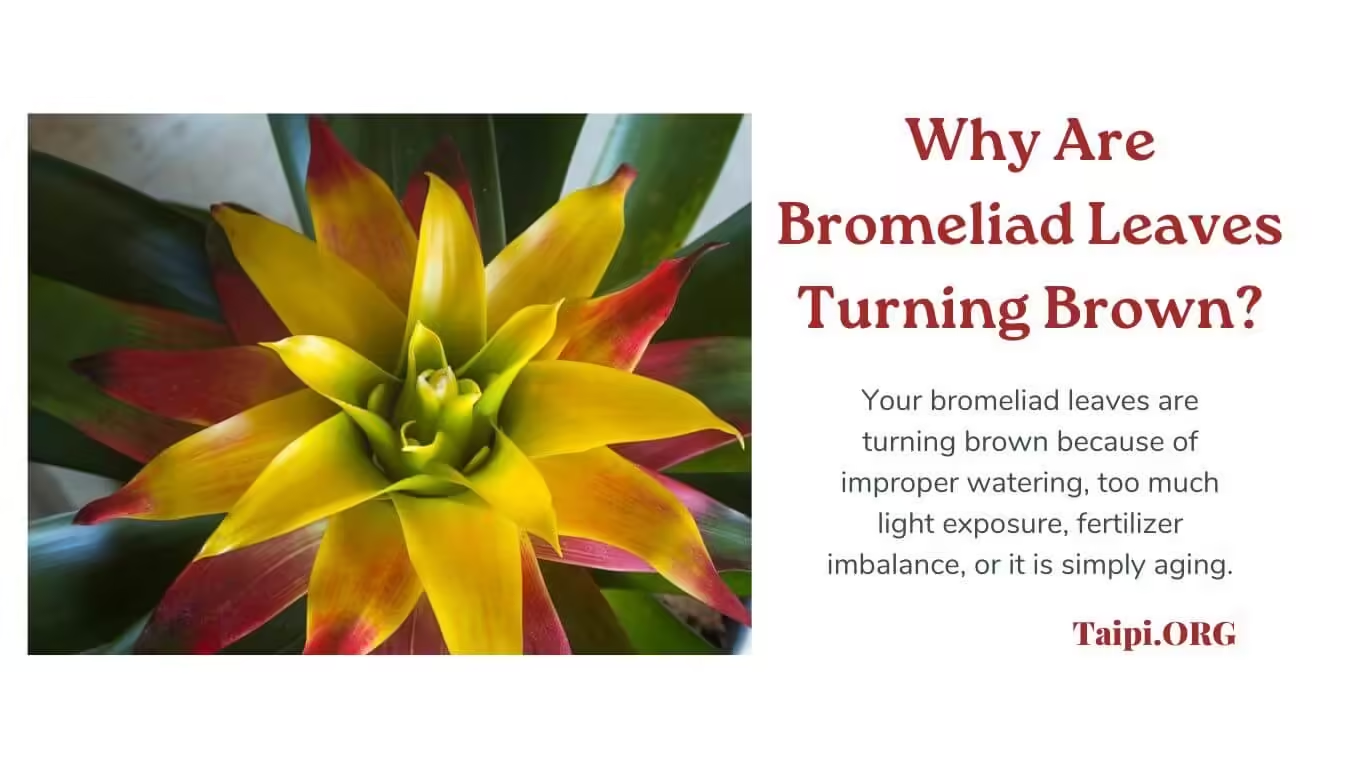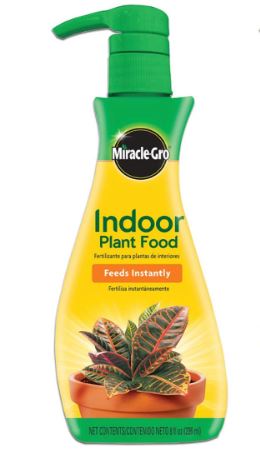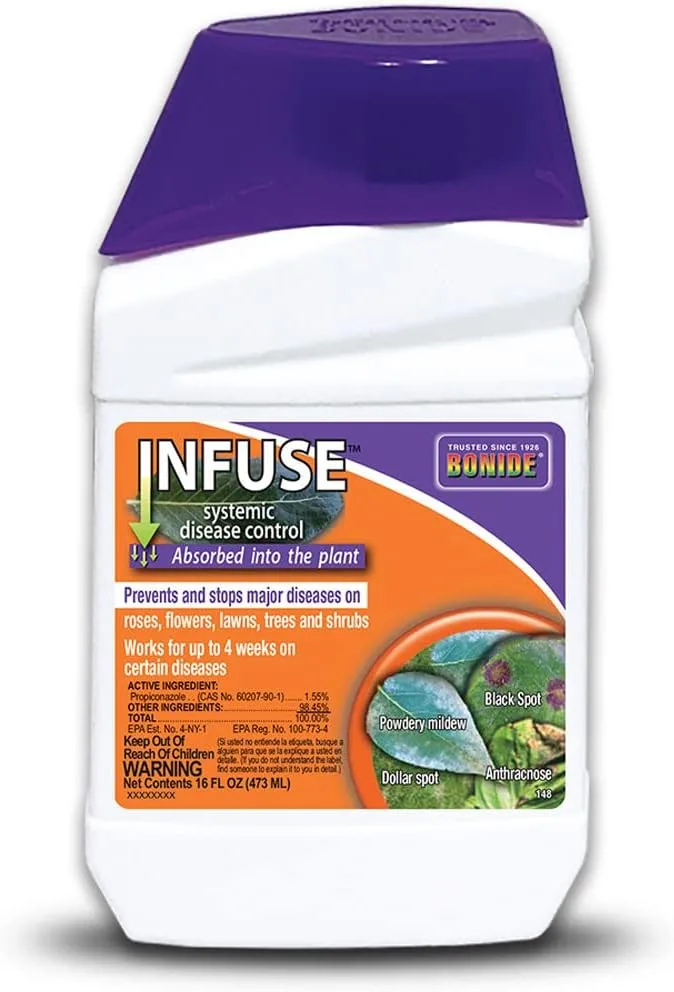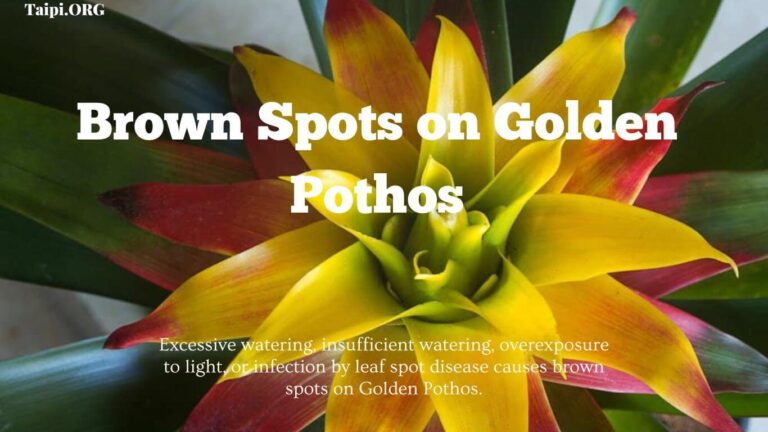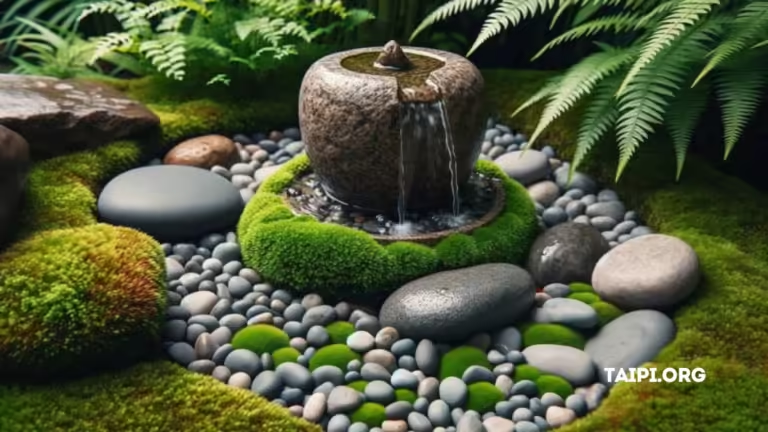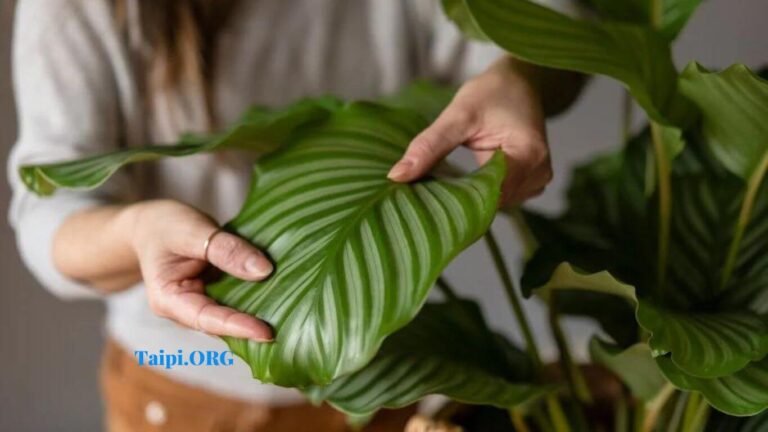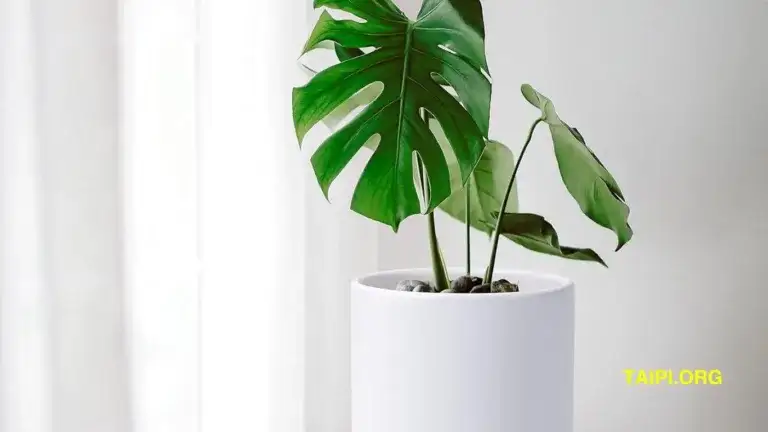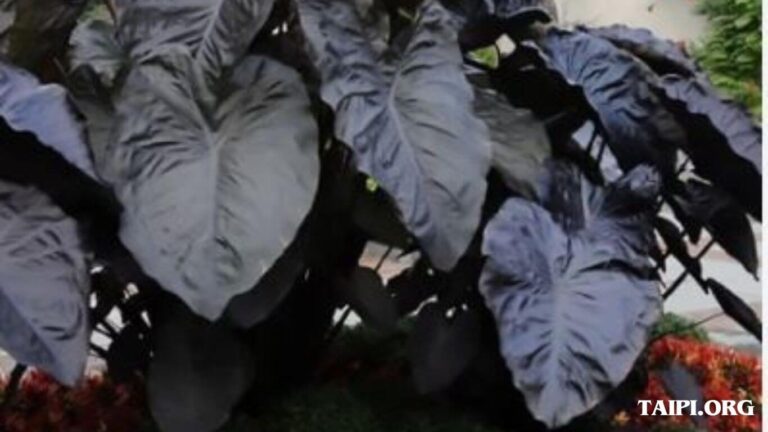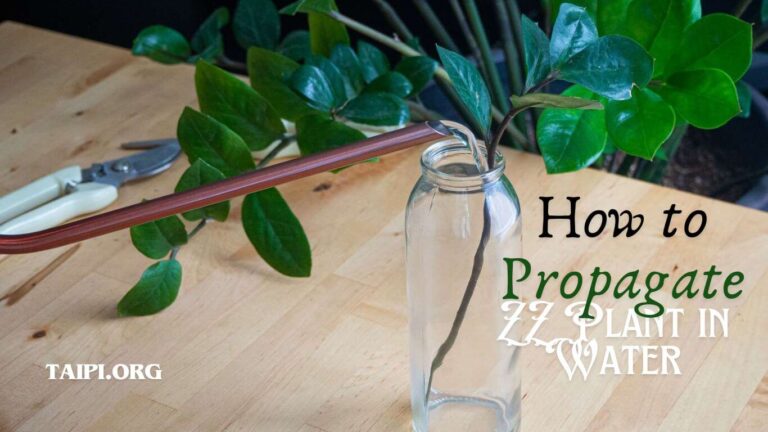Why Are Bromeliad Leaves Turning Brown?
BROMELIADS are generally hardy, stunning, and diverse plants known for their vibrant foliage and unique growth habits. But like any other indoor plant, some issues will result in your bromeliad turning brown.
So, if you’ve noticed your bromeliad flower turning brown, it can be a cause for concern.
This reminds me of a conversation I had with a visitor on Friday. Through a WhatsApp Chat on this site, the reader wrote, “My bromeliad is turning brown. What do I do?”
Although I gave him a few tips, the chat reminded me that I needed to do more research. And I am happy that you too are reading this guide that informs you of the reasons your bromeliad leaves turning brown.
My bromeliad leaves are turning brown because of improper watering, too much light exposure, fertilizer imbalance, or it is simply aging.
Related: Red Bromeliad Plant Care Plan
6 Reasons Why Bromeliad Leaves Are Turning Brown
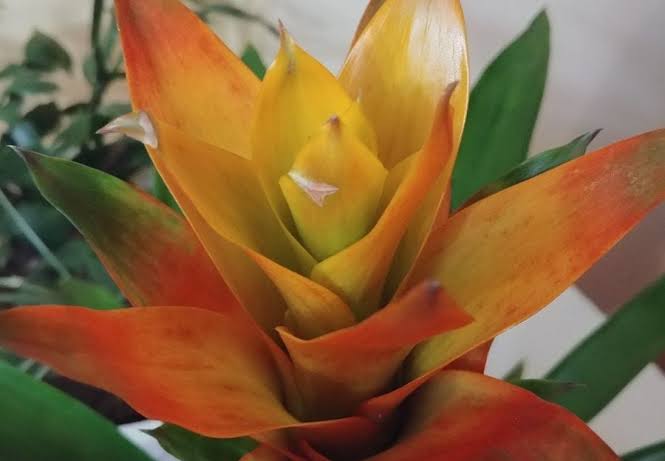
From my research, here are the top reasons your bromeliad flower is turning brown:
1. It is a Natural Aging Process
One of the primary reasons bromeliad leaves are turning brown and dry is a natural part of its life cycle.
Like many plants, Bromeliads, change color as they age. As individual leaves mature, they may naturally turn brown or take on a reddish hue. This process is typically more noticeable in the lower, older leaves.
If the browning is limited to older leaves and the central rosette remains healthy and green, there’s a good chance that it’s simply a result of the plant’s natural aging process. Regarding this, there is nothing you can do.
2. Improper Watering
Bromeliads are epiphytes, meaning they absorb water through their leaves rather than their roots. Overwatering or underwatering can lead to browning issues.
If you consistently waterlog the soil around the roots, it can result in your plant’s root rot, which manifests as brown, mushy roots.
On the other hand, insufficient watering can cause dehydration and lead to brown, crispy leaf edges.
To solve this problem, make sure you maintain the right water balance by allowing the soil to dry slightly between waterings. This will enable your plant to absorb and use the water before another round of watering.
3. Too Much Light Exposure
Bromeliads are native to tropical environments, where they often grow in the filtered light beneath a canopy. When cultivated indoors, exposure to too much direct sunlight can cause the leaves to scorch and turn brown.
If your bromeliad is situated in a spot with intense, direct sunlight, consider moving it to a location with filtered or indirect light, preferably your bedroom.
But if your plant is outdoors, provide some shade during the hottest parts of the day to prevent sunburn.
4. Improper Humidity Levels
Almost all bromeliads thrive in humid conditions, and inadequate humidity can contribute to browning issues.
If you’re growing your bromeliad indoors, especially in a dry climate, consider increasing humidity levels around the plant.
Misting the leaves regularly or placing a tray of water near the plant can help maintain an optimal level of humidity.
However, be cautious not to create an excessively damp environment, as this can lead to other problems such as fungal issues.
5. Fertilizer Imbalance
While bromeliads are not heavy feeders, they do benefit from periodic fertilization. However, an imbalance in fertilizer application can result in browning.
When fertilizing your bromeliads, use a balanced, water-soluble fertilizer such as Miracle-Gro Indoor Plant Food (⬆) which is specifically formulated for indoor plants, and make sure you follow the recommended application rates.
NB. Over-fertilizing can lead to salt buildup in the soil, causing leaf burn and browning. If you suspect fertilizer is the issue, flush the soil with water to remove excess salts.
6. Pests and Diseases
Pests and diseases can also contribute to browning in bromeliads. Common pests include spider mites, aphids, and scale insects, which feed on plant juices and can cause discoloration.
Regularly inspect your bromeliad for signs of pests, and treat any infestations promptly with insecticidal soap or neem oil.
Additionally, fungal infections can lead to brown spots or patches on the leaves. Ensure there’s good air circulation around the plant and avoid overwatering to prevent fungal issues.
Bromeliad Leaves Turning Brown FAQs
Q: What to do when bromeliad leaves turn brown?
A: Cut the affected leaf at the base, close proximal to the stem. To prevent future browning of the bromeliad leaves, provide the plant with the right growing conditions. These conditions include adequate light, good air circulation, proper watering techniques, and the right fertilizer.
Q: How do you treat bromeliad fungus?
A: Get rid of bromeliad fungus using the right fungicide.
Q: What is the best fungicide for bromeliads?
A: The only reliable fungicide for bromeliad fungus I can recommend is Bonide Infuse Systemic Disease Control, 16 oz Concentrated Solution (pictured ⬆). This fungicide contains propiconazole, which is very effective in eradicating bromeliad fungus.
NB. Avoid fungicides that contain copper for they will kill your favorite houseplant.
Conclusion
Bromeliad leaves turning brown is not a new thing. But if your bromeliad is turning brown, a careful examination of its environment and care routine is crucial in identifying the underlying cause.
Whether it’s a natural aging process, watering issues, light exposure, humidity levels, fertilizer imbalance, or pest and disease problems, addressing the specific issue promptly is key to restoring the plant’s health and vibrancy.
By understanding the needs of your bromeliad and providing the right care, you can enjoy the beauty of this unique plant for years to come.

